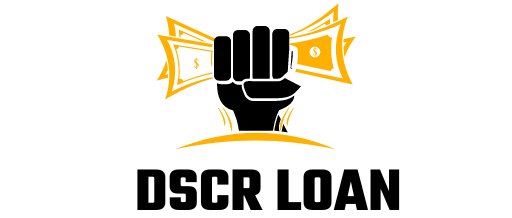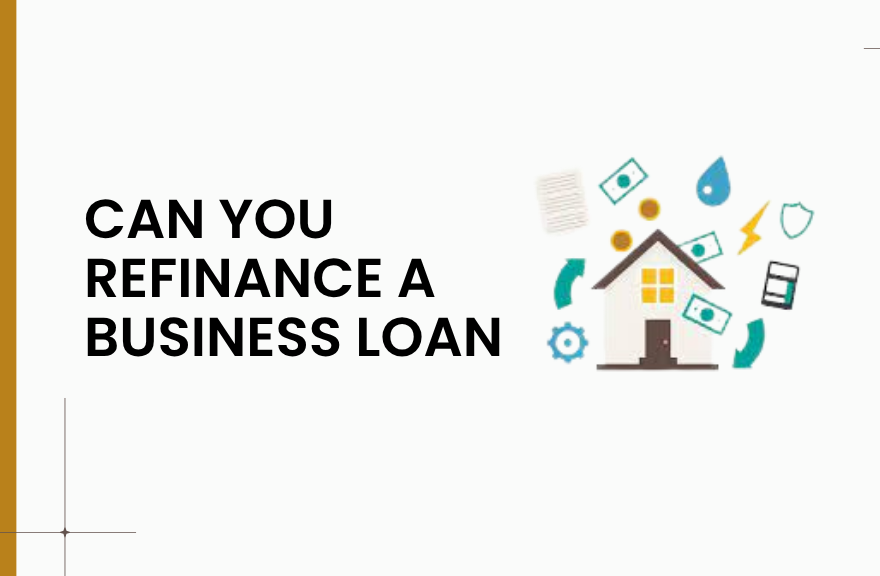Key takeaways
- You can refinance a business loan. It’s a common way to lower interest, change terms, or consolidate debt.
- Best candidates: stronger credit, steady revenue, or higher rates on current loan.
- Compared to total costs (fees, prepayment penalties) lower monthly payment doesn’t always mean cheaper overall.
- Important options: commercial bank refi, online lenders, or SBA-backed refinance programs.
Can You Refinance a Business Loan?
Yes Can You Refinance a Business Loan? is the exact question many owners ask when credit markets change or cash flow needs shift. This guide explains when it makes sense, the steps to refinance, how to compare offers, and real-world pitfalls to avoid. (Main keyword used in the title and opening paragraph.)
Why refinance a business loan?
Refinancing replaces your current loan with a new one that has different terms. Owners refinance for several practical reasons:
- Lower interest rate to reduce total interest paid.
- Lower monthly payment to free up cash flow.
- Extend or shorten the repayment term to match your plan.
- Consolidate multiple debts into a single payment.
- Switch from a variable to a fixed rate for certainty.
Official guidance explains refinancing can change payment structure and term to suit current needs.
Who should consider refinancing?
Refinancing can help, but it’s not universally right. You’re a good candidate if you have:
- Improved credit or increased revenue since taking the original loan.
- A current loan with high interest or unfriendly terms.
- A clear plan for how lower payments will be used (e.g., reinvestment into business growth).
- No large prepayment penalties that negate the savings.
BankRate highlights that while you can refinance quickly in theory, practical rules (and fees) often mean waiting until it’s worthwhile.
How to refinance a business loan step-by-step
Check your current loan and goals
- List the remaining balance, rate, monthly payment, term length, and any prepayment penalties.
- Decide your goal: lower monthly payment, lower rate, or shorter term.
- Calculate the break-even point (how long until savings cover refinancing costs).
Improve your application strength
- Update financial statements and tax returns.
- Boost personal and business credit scores where possible.
- Prepare documentation: bank statements, profit & loss, business plan, and collateral details.
Shop lenders and compare total cost
- Get quotes from multiple lenders: commercial banks, online lenders, credit unions, and SBA programs.
- Compare APR, fees (origination, appraisal, closing), and any prepayment penalties.
- Ask for an itemized Good Faith Estimate or term sheet.
Choose the right product
- Shorter fixed-rate loans if you can afford higher payments and want to save interest.
- Longer terms to improve cash flow but watch total interest.
- Consider SBA refinance options if you qualify they can offer attractive long-term fixed rates.
Close and execute
- Read all paperwork carefully to check for hidden fees or cross-collateralization.
- Ensure the new lender pays off the old loan directly.
- Update your bookkeeping and repayment calendar.
Types of refinancing to consider
- Rate-and-term refinance swap to a better rate or term length.
- Cash-out refinance borrow more than you owe and use the extra cash for working capital or investments.
- Debt consolidation combines multiple debts into a single loan for simpler payments.
Real-world example (mini case study)
Scenario: A retail owner, “Green Lane Café”, had a 7% loan on $120,000 with 6 years remaining and wanted to lower monthly payments to invest in marketing.
- Improved credit and a stable 12-month revenue increase made them eligible for new offers.
- They compared a 5.2% 7-year term (with 2% origination fee) vs. keeping the existing loan.
- Break-even point: 14 months after that they saved $320 monthly.
- Result: Refinance approved; café used freed cash to run a targeted campaign which increased sales 8% in 6 months.
This is an illustrative example showing the process and outcomes when numbers align (not a guarantee).
Costs and hidden traps to watch
- Origination fees: Upfront fees reduce immediate savings.
- Prepayment penalties: Some loans charge for early payoff factor this in.
- Short refinance cycles: Refinancing too often can add fees and lower credibility.
Where to look for refinancing offers
- Traditional banks are good for relationships and stable, conservative terms.
- Online lenders make faster decisions but watch for higher fees.
- Credit unions often have competitive rates for members.
- SBA-backed programs can refinance qualifying debt with favorable long-term terms.
For lender comparisons and live options, authoritative guides like BankRate and Forbes Advisor provide current market overviews and lender lists.
SEO & content note for publishers
If you’re publishing this content, include clear calls-to-action, comparison tables, and calculators for break-even analysis. Internal resources like a refinancing checklist help readers convert. (Example internal resource: /resources/refinance-guide)
Conclusion
Can you refinance a business loan? Yes and when done for the right reasons and with careful cost comparison, refinancing can improve cash flow, reduce interest costs, or simplify debt. Use this guide to assess your situation, shop lenders, and calculate the true savings after fees. If you’re unsure, start with an itemized comparison from multiple lenders and consult a trusted financial advisor.
FAQs
Can you refinance an SBA loan?
Yes certain SBA programs permit refinancing under specific rules; eligibility varies by program (7(a) vs. 504). Always check SBA guidance and talk to an SBA lender.
How often can I refinance a business loan?
Technically you can refinance whenever a lender will approve you, but fees and lender policies (some require several months of payments) make frequent refinancing costly. BankRate recommends waiting until the financial benefit clearly outweighs costs.
Will refinancing hurt my credit?
A refinance may cause a short-term dip due to the credit inquiry and new account, but improved terms and on-time payments generally help credit over time.
What documents will lenders ask for?
Common items: tax returns, bank statements, profit & loss statements, balance sheets, business plan, ownership documents, and personal guarantees.

Introducing Emily Parker, a seasoned professional with over 5 years of expertise in DSCR loans. With her extensive knowledge and experience in the field, Varsha has consistently demonstrated a deep understanding of DSCR loan intricacies and a proven track record of delivering successful outcomes for her clients.

